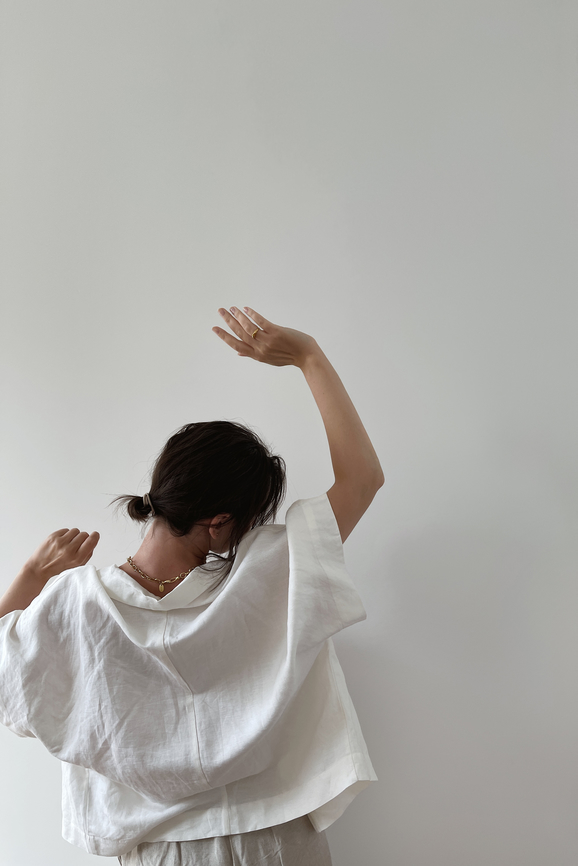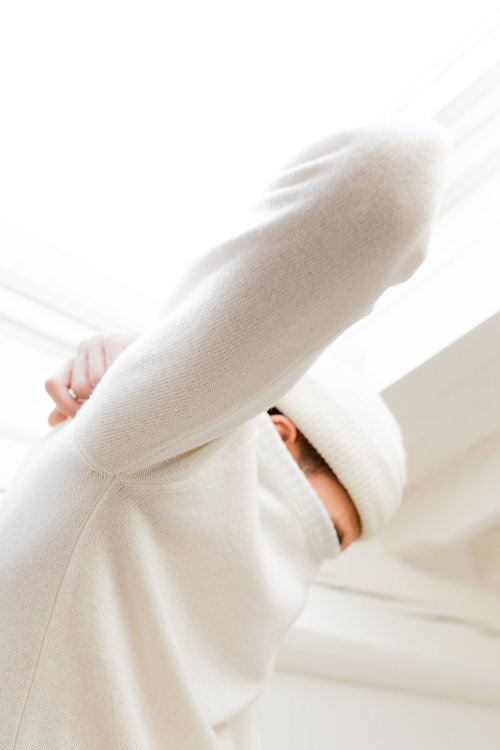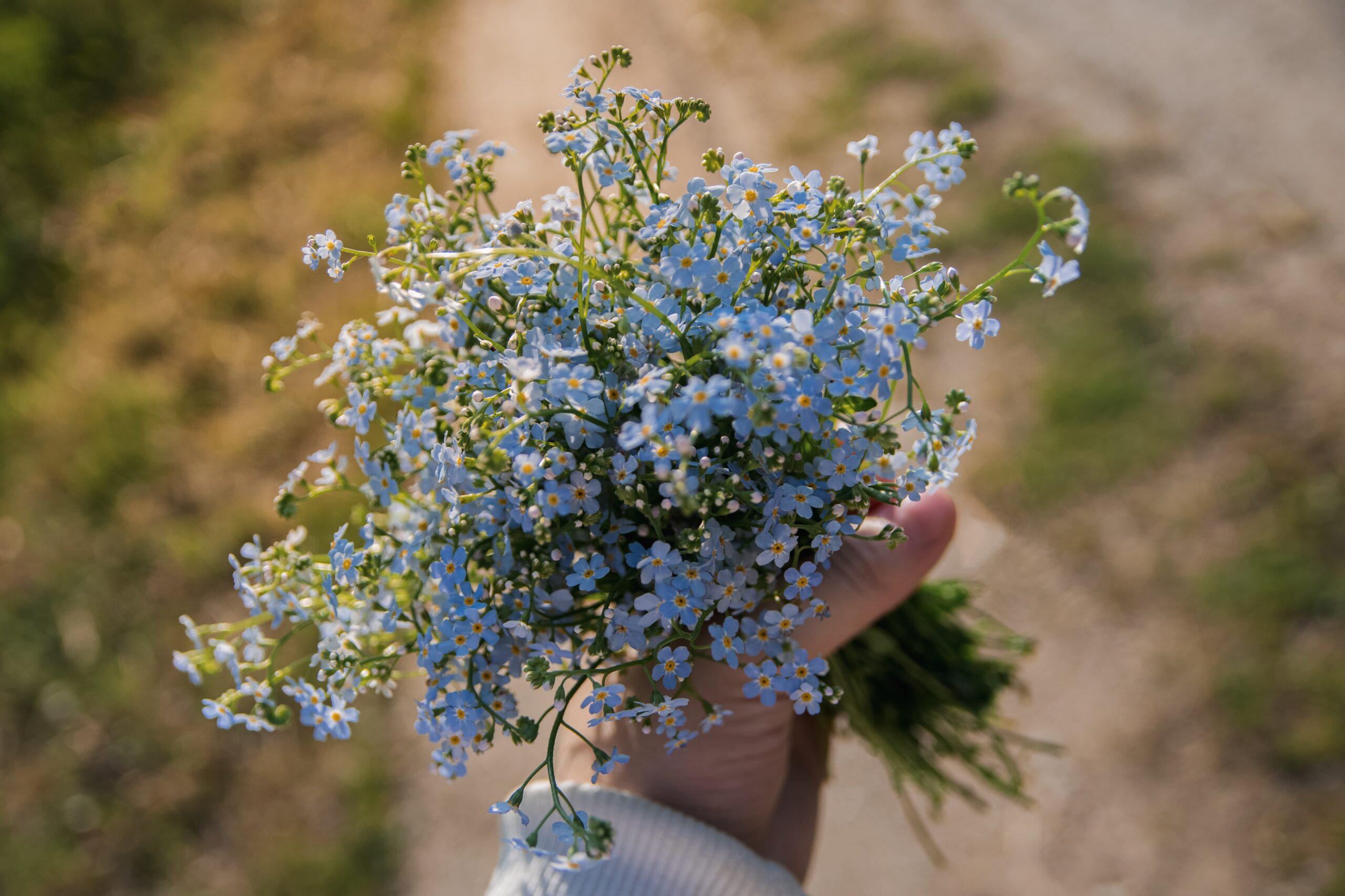
Reader Essay: Finding Joy Amid The Pain
Joy is the doctor saying he’s discharging your child from the pediatric intensive care unit. Joy is the heat pricking your skin as you step outside the hospital doors for the first time in a week. Joy is the slow drive home knowing all that matters is tucked safely inside your car.
I can replay those scenes and see joy now, one year after the hardest months of my life, but for most of 2022, joy was a ghost. It hid behind creaking doors and tucked itself in the shadows of our home. Joy was a dream I couldn’t quite piece together, couldn’t quite hold. Joy did not belong to me.
“Joy was a dream I couldn’t quite piece together, couldn’t quite hold.”
Our year started like any other. We celebrated birthdays and a wedding anniversary, went about our school and work routines, and spent time with family and friends. Then March came in like a lion, and after a short stay in the emergency room, my husband and I were reeling from our child’s medical diagnosis. By the end of April, just when we started to feel comfortable, we sat in the pediatric ICU, trying to make sense of things all over again.
Anyone who’s dealt with a medical emergency knows the emotional depths. There was so much physical and mental pain, so much fear and anxiety about the unknown. We tried to balance exhaustion with recovery, our ignorance about the disease with a list of questions for the doctors, work schedules with medical appointments, calls to our insurance company with trips to the pharmacy. Our days felt like the tide, a constant push and pull between helplessness and hopefulness, between knowing we were doing what we could and worrying it wouldn’t be enough. We were always on alert and uneasy all the time.
“We know, in theory, there are no guarantees in life, but in practice, it’s painful.”
We know, in theory, there are no guarantees in life, but in practice, it’s painful. I’ve spent the last year coming to grips with those months. While we helped our child accept a life-changing diagnosis, I quietly raged against the cruelty of a young life being interrupted with a body that wasn’t playing by the rules.
When my alarm rang with medication reminders every 12 hours, I bristled thinking about the possible side effects and the fact that our lives now existed in 12-hour increments. When our child could no longer be left home alone, I shared in their anger over the sudden loss of independence. And while I assured our child this diagnosis didn’t define them and didn’t need to be hidden, I had to respect their choices about who to tell beyond those who needed to know.
“I told myself it could be worse, but who wants to rate tragedy when you’re in the midst of it?”
I’d convinced myself pain was the central theme. I told myself it could be worse, but who wants to rate tragedy when you’re in the midst of it? I told myself to look on the bright side, but that required mental energy I didn’t have. I told myself things would get better, but how could I know that to be true? I viewed pain as my weight to bear and never wondered if I could loosen the anchor. It took a long time for me to see the waves of light passing through the darkness, even at those depths.
Joy is the first family dinner after a week of hospital food. Joy is the first joke your child makes after the hardest week of their life. Joy moved in and out of our days, in very small ways, right alongside the pain. It wasn’t flashy or begging to be seen. It existed with or without my approval. Joy was there. All I had to do was notice it.
I’m in awe of the timing of things. The kind where you witness something and know if you’d lingered a little longer or moved a little quicker in the moments prior, you would’ve missed the whole thing. These aren’t always extraordinary things. Sometimes they’re quite ordinary.
“Joy moved in and out of our days, in very small ways, right alongside the pain.”
I recently went to the movies, and just as I walked out of the restroom, a woman tripped and fell to the ground, spilling her drink. I knelt to help her up. I picked up her drink and offered to get her another one. I asked if she was hurt. “No. Just embarrassed,” she said. “It could’ve happened to anyone,” I replied. “No need to be embarrassed.” I thought of her no less than 10 times throughout the rest of the day.
Was she alone? Was someone waiting for her in the theater? Was she hurt? Did she miss any of her movie? Would she call a friend and say “Oh my goodness! You won’t believe what I did!” with a laugh? Or would she return to an empty home and ruminate about her fall?
“Two strangers, whose paths may never have crossed, shared a perfectly timed moment of connection instead.”
But in my concern, I also felt joy that she wasn’t alone when she needed help. That two strangers, whose paths may never have crossed, shared a perfectly timed moment of connection instead. Where there was pain or discomfort, there was also joy.
“How many times have I set down joy to carry pain?”
It’s so easy to focus on one emotion at a time. During the most difficult year of my life, I focused on pain and felt like joy was out of reach. When I stepped back in despair, I ended up with a clearer view. How many times have I set down joy to carry pain? When did I convince myself it was an either/or decision?
It’s a shift in perspective in one way, but in another, it’s acknowledging I never had to choose. Joy was never a ghost, and it wasn’t hiding. It was always there in beautifully ordinary ways. All I had to do was notice.
We’re not required to set one emotion down in order to carry the other. We can hold both at the same time. We can even let one lighten the load of the other.
Erin O’Brien works as a content editor, helping connect researchers with trusted information. As a writer, she enjoys telling stories about motherhood and the beauty of ordinary things in this fleeting life. She lives with her family in Kentucky.



